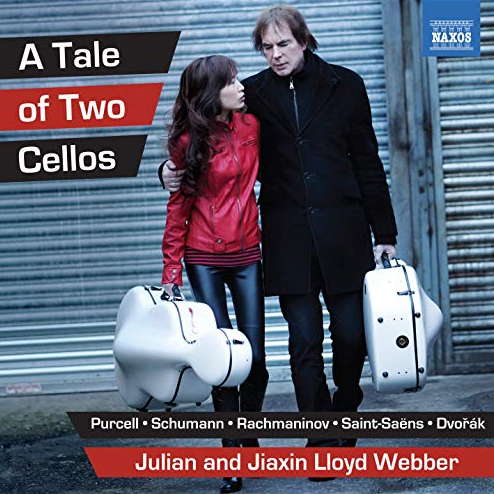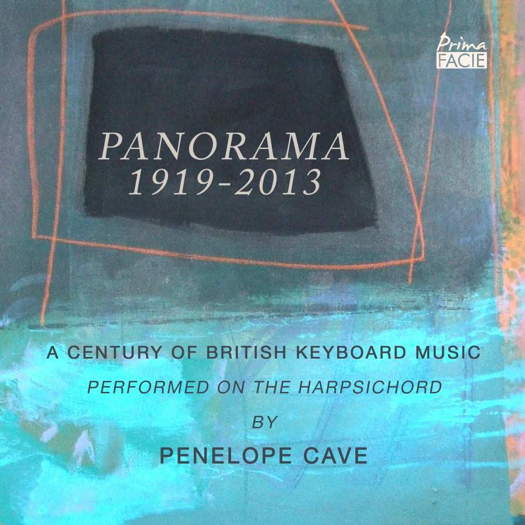- coloured composers
- Saimir Pirgu
- Chris Shultis
- Robert Carsen
- Good Friday
- Yuzo Toyama
- Rudolf Escher
- Bach: Et Incarnatus Est
A Long Love Affair
GIUSEPPE PENNISI attends the Stravinsky anniversary celebrations in Rome
The fiftieth anniversary since Igor Stravinsky's death is being celebrated all over the world. According to music historians, there are various 'periods' according to both the country where he lived and the musical styles he followed. He did not have an 'Italian period' in his own right even though he had a long love affair with Italy. One of his main works is based on music by Pergolesi. His only three act opera – The Rake's Progress – and one of his very rare works of dodecaphonic music – Threni, from the lamentations of Jeremiah – debuted in Venice. This is the city where he asked to be buried. He had a lot of affection for Roman institutions; in his 'Chroniques' – his autobiography - he tells passionately of the concerts he conducted at the Augusteo, when it was the venue where the Accademia Nazionale di Santa Cecilia operated. There is a rich epistolary between the composer and Adriana Panni, who for fifty years was the soul of the Accademia Filarmonica Romana.
The Accademia Nazionale di Santa Cecilia dedicated a double tribute to the composer: on 27 June 2021 it performed his opera Œdipus Rex at the Spoleto Festival and on 6 July it inaugurated the summer season in the Cavea del Parco delle Musica with his music. This was not a traditional concert but a musical theatre show, co-produced with the Balletto di Nervi Festival (where it was presented on 7 July). This was a well-justified choice as much of Stravinsky's theatre music is dedicated to ballet. Through the ballet, three important 'periods' of the composer's development can be depicted: a) the 'Russian' period, when he brought the music and dance of traditional Russia to Western Europe; b), the 'Swiss' period, in which, during the First World War, he lived and operated near Geneva, and c) the 'French' period, from the end of the First to the beginning of the Second World War.
The production is curated by the ballet organizer Daniele Cipriani with the musical advice of Gastón Fournier-Facio. As mentioned above, the production is a joint venture with the Carlo Felice Foundation in Genoa for the Nervi Music Ballet Festival 2021, under the patronage of the Stravinsky Foundation in Geneva.
On the left of the stage there was a very small complex: a piano and a lectern for a violinist. Three international music stars - Beatrice Rana and Massimo Spada on piano and Simone Lamsma on violin - performed excerpts from the ballet music.
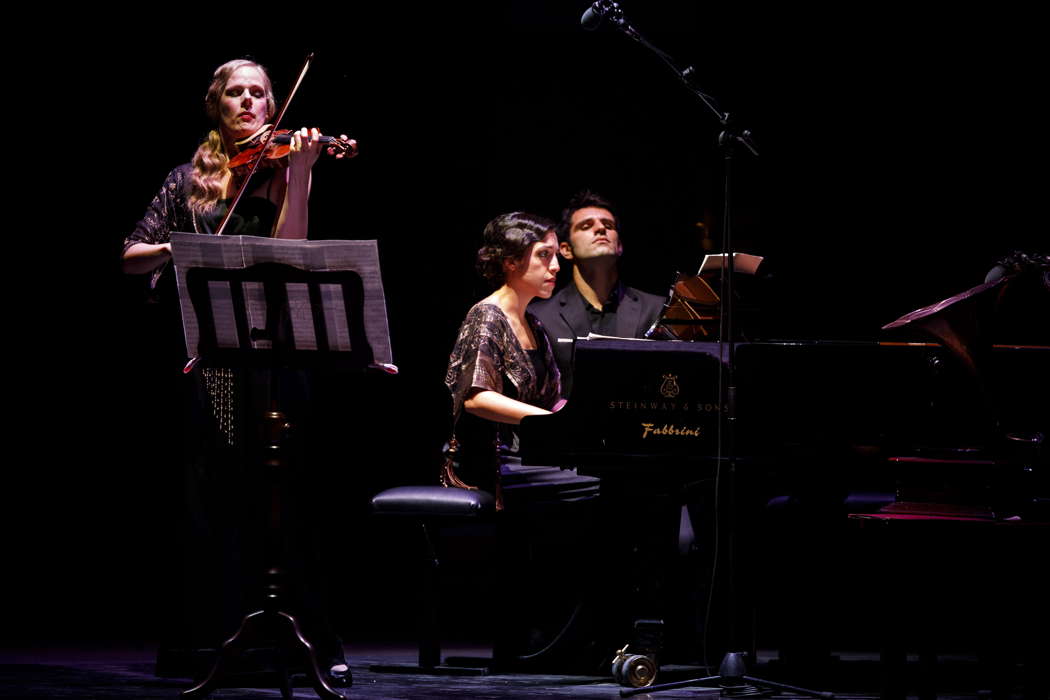
From left to right: Simone Lamsma, Beatrice Rana and Massimo Spada performing Stravinsky's ballet music. Photo © 2021 Musacchio, Ianniello & Pasqualini
The four-handed piano version of Le Sacre du Printemps that ended the performance was magnificently handled.
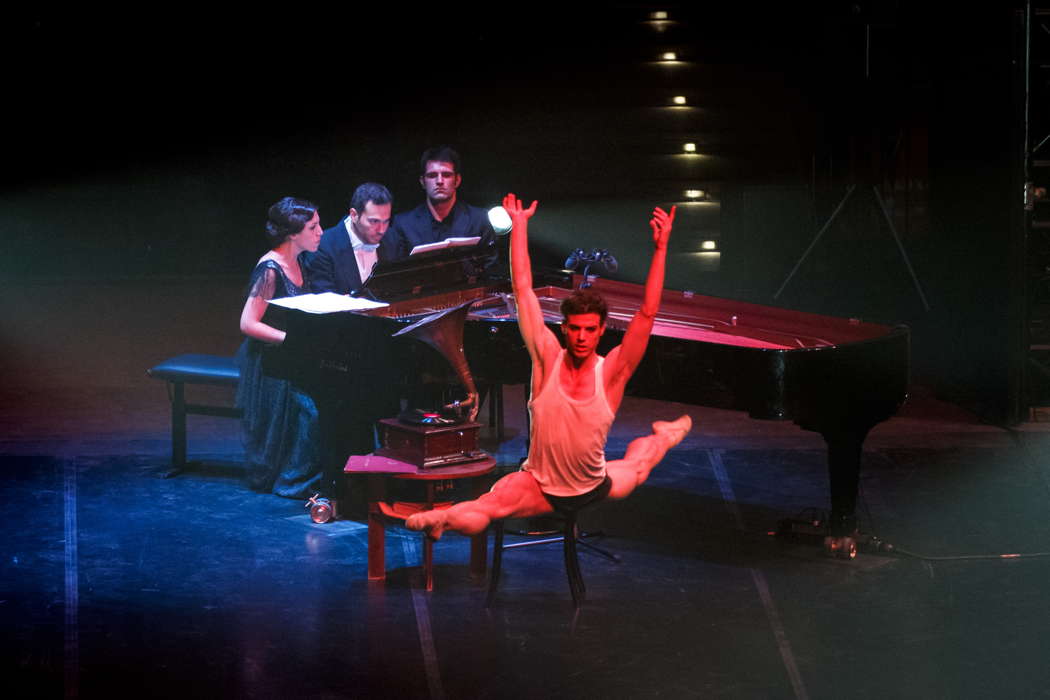
From left to right: Beatrice Rana, Massimo Spada, the page turner and dancer Davide Dato in Le Sacre du Printemps at the Stravinsky anniversary celebrations in Rome. Photo © 2021 Musacchio, Ianniello & Pasqualini
For the ballets Apollo and L'Oiseau de Feu, historical recordings were used: they were conducted by Stravinsky himself – one of the first composers to understand the importance of the gramophone.
In the acting role of Stravinsky, Vladimir Derevianko, former first dancer of the Bolshoi in Moscow, recalled memories and anecdotes, many of them related to the Ballets Russes period in which characters such as Picasso, Diaghilev, Nijinsky and Balanchine are found. The screenplay by Vittorio Sabadin is based on writings by the composer himself.
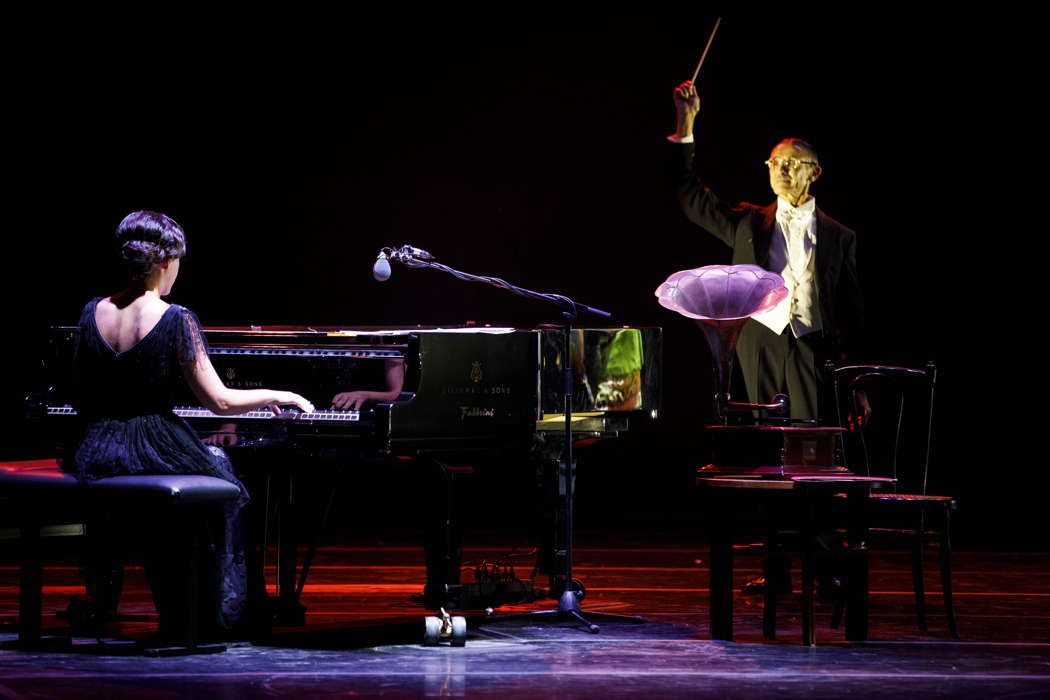
Beatrice Rana and Vladimir Derevianko in Petrushka at the Stravinsky anniversary celebrations in Rome. Photo © 2021 Musacchio, Ianniello & Pasqualini
The evening began with a piece from Pulcinella, the ballet inspired by musical schemes in Pegolesi's scores with costumes reconstructed from the original sketches prepared by Pablo Picasso. Sasha Riva and Simone Repele took the lead roles.
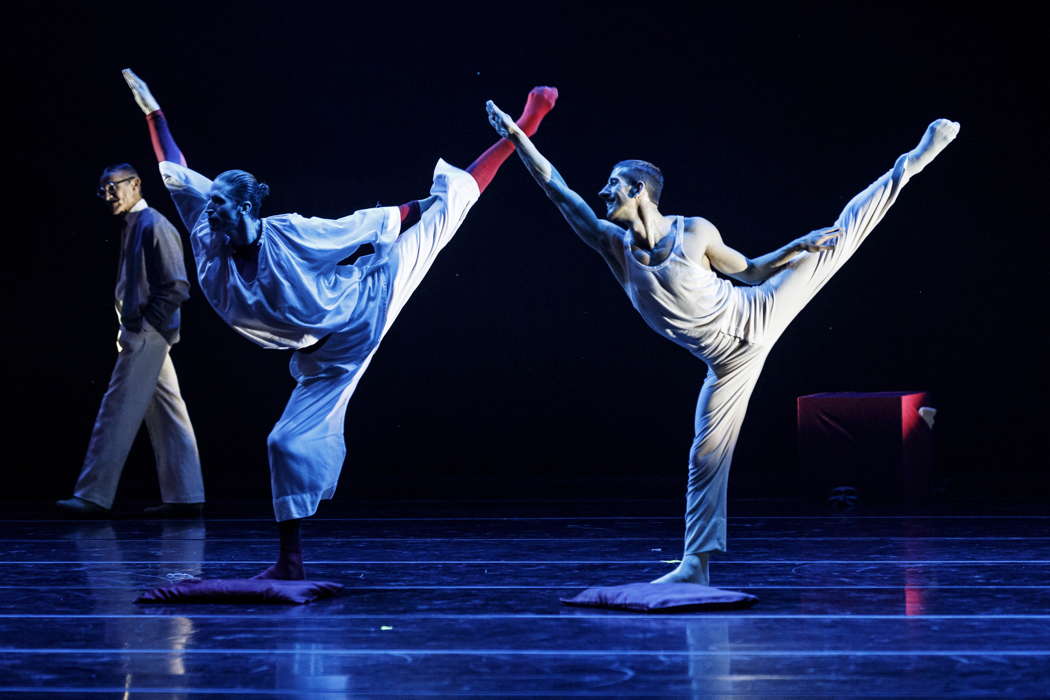
Sasha Riva and Simone Repele dancing in Pulcinella at the Stravinsky anniversary celebrations in Rome. Photo © 2021 Musacchio, Ianniello & Pasqualini
It continued with Three Dances from l'Histoire du Soldat, the small masterpiece composed in Switzerland to a libretto by Charles Ramuz. The violinist was Simone Lamsma: she perfectly evoked the climate of the short work, which requires a very small ensemble. Sergio Bernai and Ashley Bouder danced.
Then, there was a brand new ballet signed by John Neumeier on Divertimento. This is a piece for violin and piano taken from Le Baiser de la Fée, the ballet composed by Stravinsky in homage to Tchaikovsky. This new ballet, entitled Peter and Igor, was created for Jacopo Bellussi and Alessandro Frola of the Hamburg Ballet, who performed it in Rome a few days after the world premiere on 27 June in Hamburg.
From Apollon Musagète, the variations of Tersicore and Apollo and the pas de deux two-step were performed, with the original choreography by George Balanchine and the interpretation of Ashley Bouder and Sergio Bernain. The berceuse and finale of L'Oiseau de Feu were performed by Sasha Riva and Simone Repele. The performers of some of the pieces from Petrushka were Mattia Tortora (Petrushka), Susanna Elviretti (the Ballerina) with Tommaso Beneventi (the Moor) of the Royal Swedish Ballet – in Fokine's historical choreography.
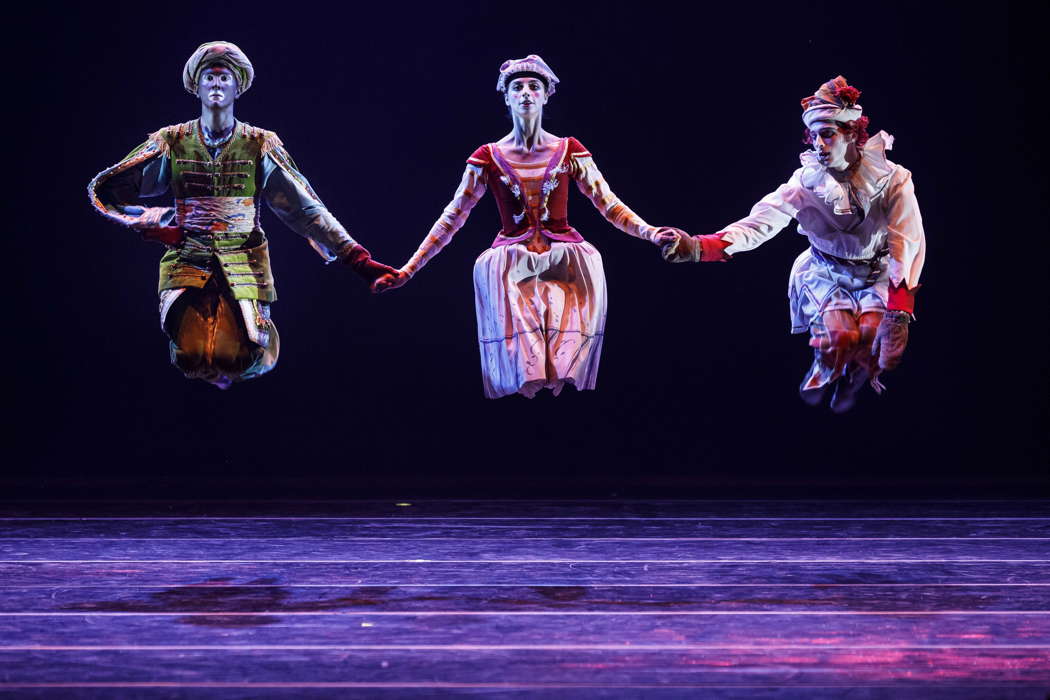
Tommaso Beneventi (the Moor), Susanna Elviretti (la Ballerina) and Mattia Tortora in the title role of Petrushka at the Stravinsky anniversary celebrations in Rome. Photo © 2021 Musacchio, Ianniello & Pasqualini
For Le Sacre du Printemps, the version of Uwe Scholz was chosen and seen for the first time in Italy; performed by Davide Dato, the choreography was reconstructed by Giovanni di Palma. Beatrice Rana and Massimo Spada, in the four-handed piano version of the ballet, were magnificent, as has been said. In short, this was a clever and original show that was warmly applauded by the audience.
Copyright © 10 July 2021
Giuseppe Pennisi,
Rome, Italy



